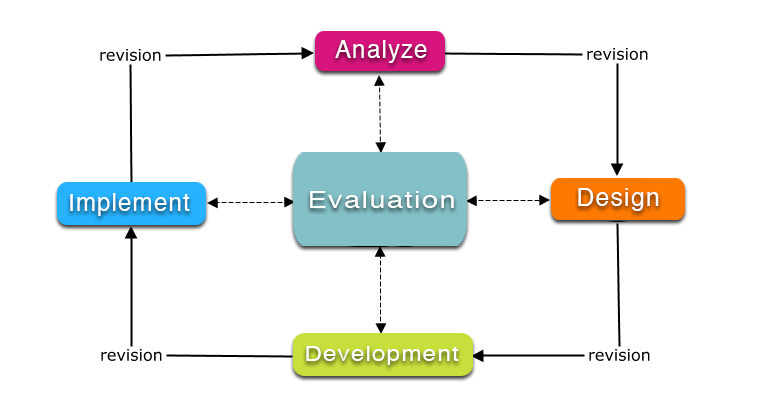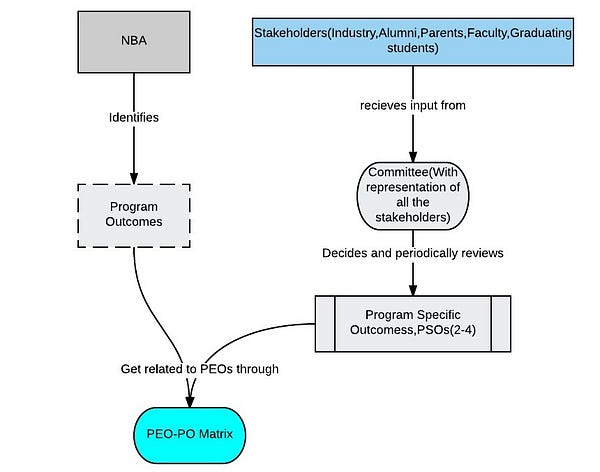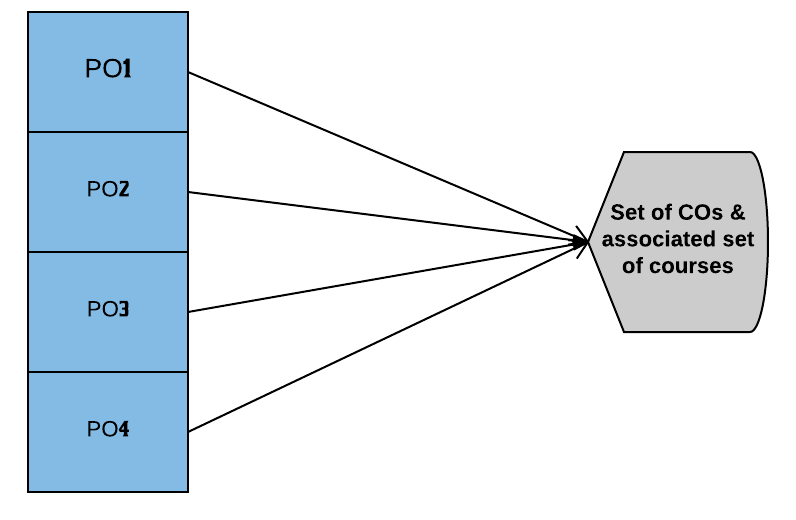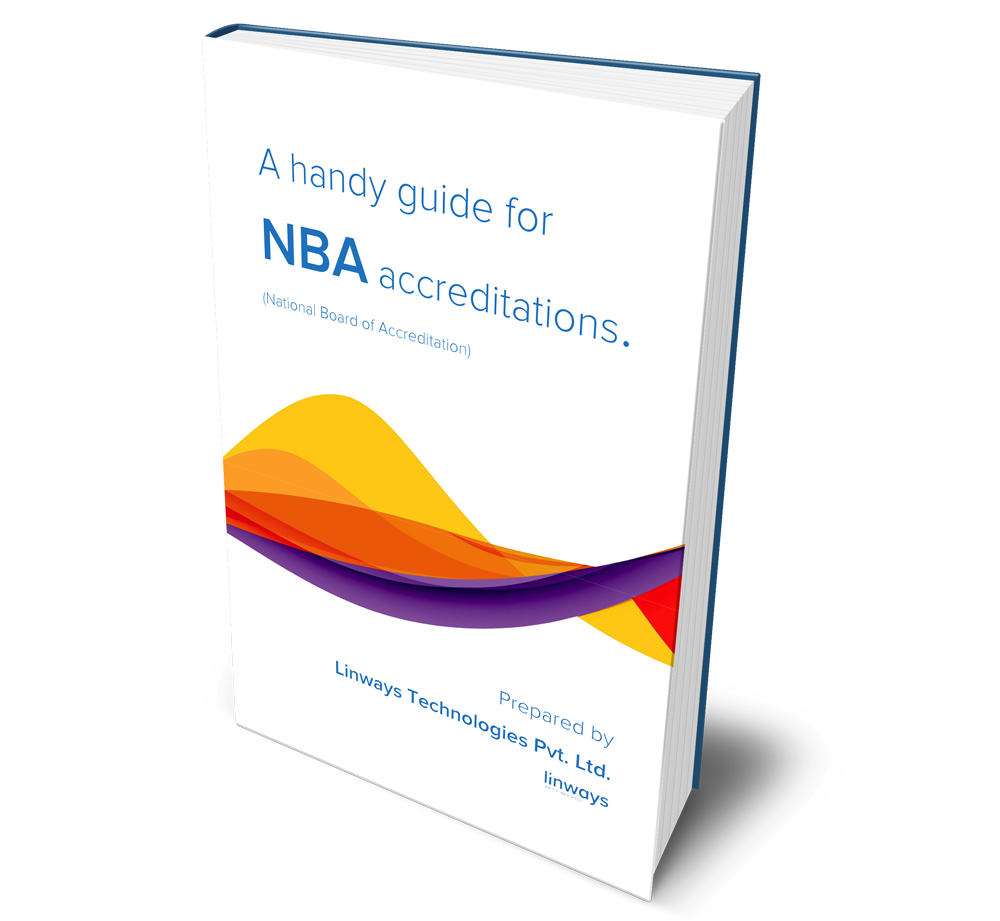
Real education must ultimately be limited to men who insist on knowing, the rest is mere sheep-herding. – Ezra Pound
The ‘NBA accreditation’ and the improvement of quality of education has triggered a movement of promising results. We have been talking about it and was trying to figure out its effects in our society in the past few blogs of this series. And as we’ve moved on, we are going to discuss the processes that involves the drafting of Self Assessment Report by institutions in order to get a NBA accreditation.
This article is part of a blog series on NBA, and is constructed as such. If you need a detailed outlook on POs, COs, & PEOs, we recommend our article solely focused on those.
You can check out our previous blogs of this series if you haven’t:

So we decided to do some research on this and we found some interesting things which we like to share.



The preparation of an SAR is a process of continuous evaluation and improvement. Yet, it is inevitable and pretty necessary in getting an accreditation. There are some theoretical concepts such as POs, COs, PSO, PEO etc… in this process.
- Program Outcomes (POs): As stated by NBA, represent the knowledge, skills and attitudes the students should have at the end of a four year engineering program in India.
- The Course Outcomes(COs): They are the resultant knowledge skills the student acquires at the end of a course. It defines the cognitive processes a course provides.
- Program Educational Objectives: PEOs are broad statements that describe the career and professional accomplishments in five years after graduation that the program is preparing graduates to achieve.
- Program Specific Outcomes: PSOs are statements that describe what the graduates of a specific engineering program should be able to do
In order to prepare an SAR, the colleges must first set 12 Program Outcomes(POs).
The parameters adopted by NBA for accreditation of programmes are based on initial capabilities, competence, skills, etc. keeping in mind the outcomes desired by the profession concerned. These parameters are called Graduates Attributes and they vary from discipline to discipline and level to level.
The following are Graduate Attributes for UG Engineering Programme:
Engineering Knowledge :Apply the knowledge of mathematics, science, engineering fundamentals, and an engineering specialisation to the solution of complex engineering problems.
Problem analysis :Identify, formulate, research literature, and analyse complex engineering problems reaching substantiated conclusions using first principles of mathematics, natural sciences, and engineering sciences.
Conduct investigations of complex problems: Use research-based knowledge and research methods including design of experiments, analysis and interpretation of data, and synthesis of the information to provide valid conclusions.
Modern Tool Usage :Create, select, and apply appropriate techniques, resources, and modern engineering and IT tools including prediction and modelling to complex engineering activities with an understanding of the limitations.
Perceiving Education for what it’s worth.The Engineer and Society :Apply reasoning informed by the contextual knowledge to assess societal, health, safety, legal, and cultural issues and the consequent responsibilities relevant to the professional engineering practice.
Environment and Sustainability: Understand the impact of the professional engineering solutions in societal and environmental contexts, and demonstrate the knowledge of need for sustainable development.
Ethics :Apply ethical principles and commit to professional ethics and responsibilities and norms of the engineering practice.
Individual and Team Work :Function effectively as an individual, and as a member or leader in diverse teams, and in multidisciplinary settings.
Communication: Communicate effectively on complex engineering activities with the engineering community and with society at large. Some of them are, being able to comprehend and write effective reports and design documentation, make effective presentations, and give and receive clear instructions.
Project Management and Finance :Demonstrate knowledge and understanding of the engineering and management principles and apply these to one’s own work, as a member and leader in a team, to manage projects and in multidisciplinary environments.
Lifelong learning :Recognise the need for, and have the preparation and ability to engage in independent and lifelong learning in the broadest context of technological change.
The institutions should also set certain Course Outcomes(COs) to every course and subject.And there must be a documented process in place to measure the attainment of defined POs and the defined COs must contribute to the attainment of POs.
The colleges can select upto 4 Program Specific Outcomes(PSOs).
An Institution/ Department should add two — four additional Program Specific Outcomes (PSOs). They should highlight (make them Bold in SAR) the selected POs and PSOs and explain why a PO/PSO is ‘selected’ or ‘not selected’, below that PO/PSO, based on the nature of the subject and instructor’s preferences

Every COs should be mapped to different POs and PSOs based on their influence of COs on them.
Assessment
It is collectively one or more processes that define, collect, and prepare data to evaluate the achievement of Program Outcomes and program educational objectives, have the Graduates qualified for the Profession.
But, the institution should assess the students continuously as they progress through the program.
Typical Assessment Tools
•Mid-Semester and End Semester Examinations
•Tutorials
•Home Assignments
•Project work- Viva-Voce, Seminars etc.
•Employer/Alumni Feedback, Etc…
How to use this mapping in Assessments to attain the POs.

When it come to assessments, the mapping methods used are almost similar in every one of them. Like in exams, each question prepared for an exam will be mapped to one or more COs which effectively will help to determine the achievement by each students in the exams.
And, employing the Anderson-Bloom taxonomy table of cognitive processes when deciding the the questions could make sure that the assessment finds its mark. Also, every questions should be mapped to a CO and every CO should be mapped to a PO. Similarly, in each assessment methods, the final results and conclusions are used in arriving at the extend to how much the students have attained the COs & POs.
And at the end, the POs can be calculated using various descriptors that you may define. The mapping of CO towards a PO is evaluated using descriptors such as High, Medium, Low etc…
This, however, is just the theoretical approach. The proper assessment of the COs and POs is one of the most important processes in preparation of SAR and NBA accreditation . It should be done with precision and planning, which points to our next blog where we will describe how to assess and the processes in the assessment of the POs, COs, and PSOs on a more practical basis.





